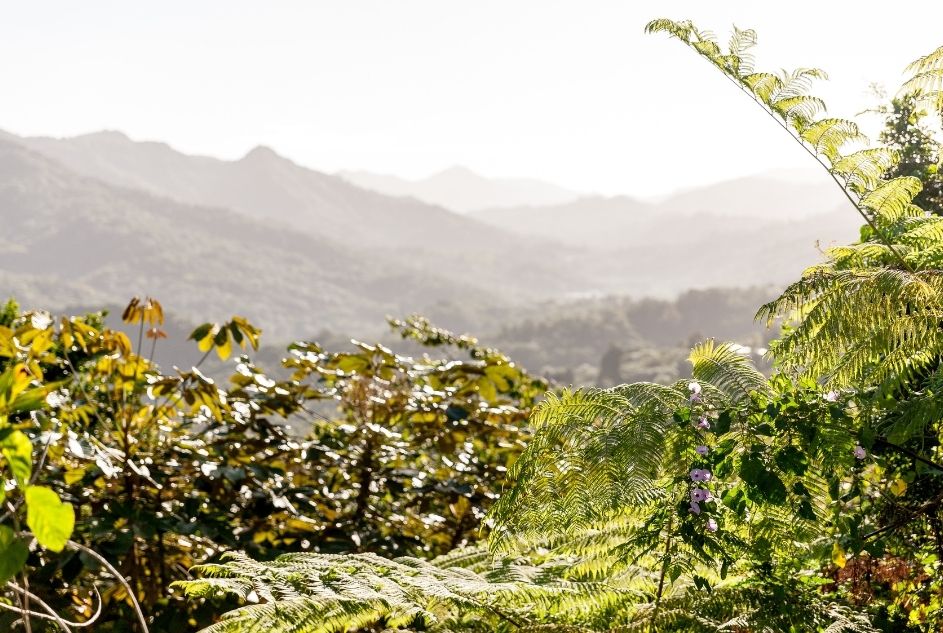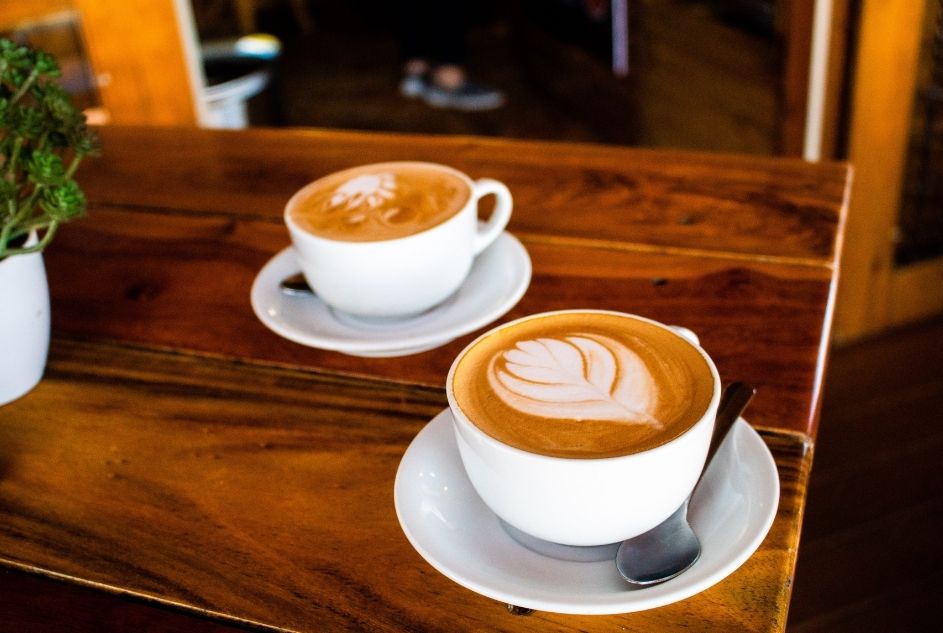

7 Puerto Rican Coffee Brands You Need to Know
A fascinating aspect of New Year’s Eve is how easily we forget that it’s always followed by New Year’s Day. After the biggest party of the year comes the biggest hangover. This is yet another reason to spend New Year’ Eve in Puerto Rico—for the best cup of coffee you’ll ever have.
Puerto Rico is known for its beautiful beaches, warm weather and friendly people, yet the island also has a mountain region that provides the perfect conditions for growing some of the best coffee in the world. Puerto Rican coffee may not be as famous as its widely marketed Colombian cousin, but it has a centuries-old reputation for outstanding quality and unmatched flavor.
Puerto Rican coffee is generally strong, rich, full-bodied, smooth and sweet with a low level of acidity. The best beans boast delicious notes of chocolate and caramel. The main variety of coffee grown on the island is Arabica.


Brief History of Coffee in Puerto Rico
Spanish colonists brought coffee to Puerto Rico in the 1700s. When Spain issued royal decrees inviting Europeans to migrate to Puerto Rico, Corsicans settled around the agricultural region of Yauco, where coffee, among other crops, was cultivated. The Corsicans began producing and exporting Puerto Rican coffee, and by the 1890s Puerto Rico had become the seventh largest producer of coffee in the world.
Near the end of the 19th century, hurricanes had hindered the island’s ability to produce and export coffee. Becoming a U.S. territory in 1898 helped rebuild the industry’s infrastructure, but it also increased production costs, and the U.S. was more interested in sugarcane. As a result, Puerto Rico struggled to compete with other markets, and exports declined. By 1950, coffee production in Puerto Rico couldn’t keep up with consumption, and the island had to begin importing coffee beans to blend with local beans.
In recent years, coffee production has been affected by factors such as climate change, political issues and labor shortages. In 2017, Hurricanes Maria and Irma destroyed crops and further hampered production.
Despite these difficulties, Puerto Rican coffee remains popular in and outside the island. In recent years, the gourmet coffee trade has seen exponential growth, with traditional coffee haciendas of the Spanish colonial period reopening and new production areas being developed in the mountainous region.
The Perfect Cup of Puerto Rican Coffee
Nursing your New Year’s Eve hangover with a perfect cup of Puerto Rican coffee is easy when you’re on the island. You can have a great cup of coffee in almost any local restaurant, bakery, kiosk, food truck or bar.
Puerto Ricans typically drink their coffee as café con leche, cortadito and pocillo.
- Café con leche is similar to a latte, but in Puerto Rico it involves a larger pour of milk, typically half milk and half coffee.
- The cortadito is an espresso-based drink with an added layer of steamed milk.
- The pocillo is an espresso made in an espresso machine and usually taken black.
If you’re not in Puerto Rico, you can still fight the New Year hangover blues with a delicious cup of Puerto Rican coffee. Several excellent brands are available online. To help you stock up for New Year’s, here’s a brief guide.


Quick Guide to Puerto Rico’s Coffees
1. Alto Grande Premium Coffee
Alto Grande is one of the top coffees in the world, with a popularity and reputation for being “the coffee of popes and kings” that dates back to the mid 19th century. Grown in the Lares area in ideal soil and climate conditions, Alto Grande is a super premium, 100 percent Elite Arabica, full-body coffee with a medium-dark roast, low acidity, chocolate undertones and sweet sharp aroma.
2. Café Yaucono
Café Yaucono is one of the most recognizable brands in Puerto Rico. It was created in 1914 and by 1963 had become widely regarded as the island’s No. 1 coffee. This is a bold, full-bodied, medium roast coffee with low acidity and a smooth, balanced flavor. It is well-known for its freshness and for lacking the bitterness that is often the downfall of other beans.
3. Café Lareño
Founded in 1989, Café Lareño is a young coffee whose beans are sourced from the mountains of Lares at elevations that reach 1200 meters, higher than most plantations on the island. Mild in acidity, with chocolatey flavor notes and a hint of caramel, Café Lareño is strong and velvety smooth.
4. Café El Coquí Puro Café
Harvested in San Sebastian, Café El Coquí offers a different taste profile featuring nutty flavor notes and hints of citrus. This medium-roast, robust coffee has mild acidity and a rich, chocolatey aroma. Despite being slightly more acidic than other Puerto Rican coffees, it still has a natural sweetness and no bitterness.
5. Café Rico
Café Rico was founded in the early 1900s in Ponce, on the southern coast of the island. At the height of coffee production and exportation, Café Rico was shipped worldwide and was a favorite at the Vatican. This coffee is a medium-dark roast with a medium body and no bitterness.
6. Café Crema
Café Crema is headquartered at the same facility in Ponce. This blend of several Puerto Rican beans produces a medium roast with a strong, smooth, chocolatey and creamy flavor.
7. Café Oro
Grown in Lares, Café Oro is a mild coffee that is naturally sweet with chocolatey and caramel flavor notes and a mellow aftertaste that makes for a great cup of black coffee.
The history of coffee in Puerto Rico may be blemished by unpredictable weather events and adverse political and socioeconomic issues, but these obstacles have never prevented it from producing some of the best coffee on the planet.
